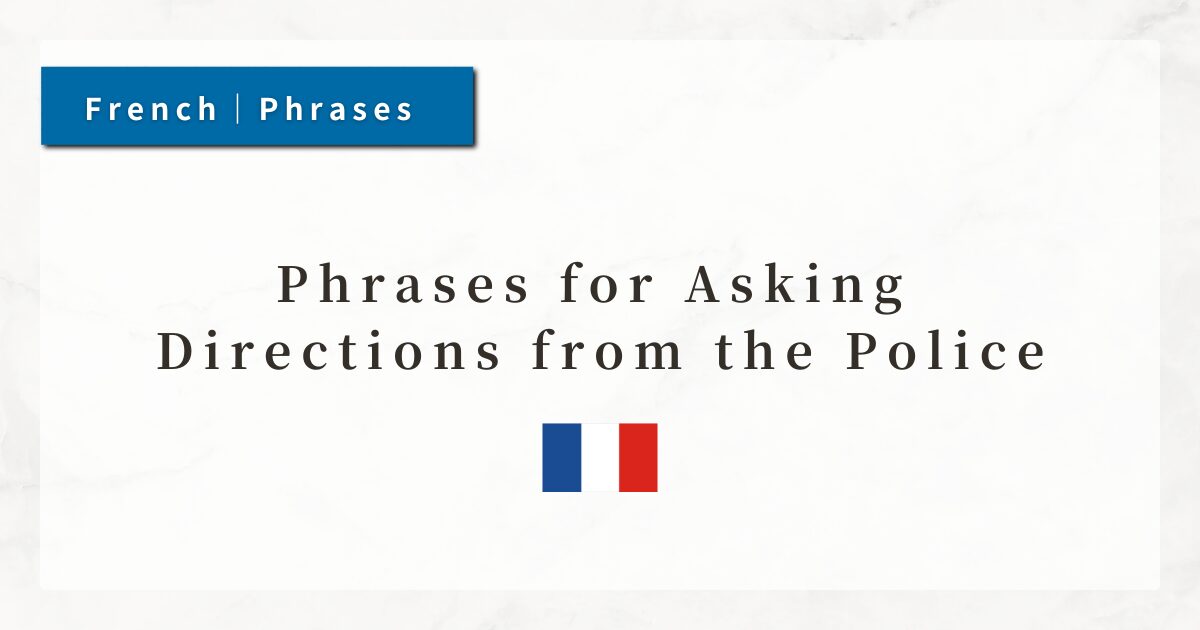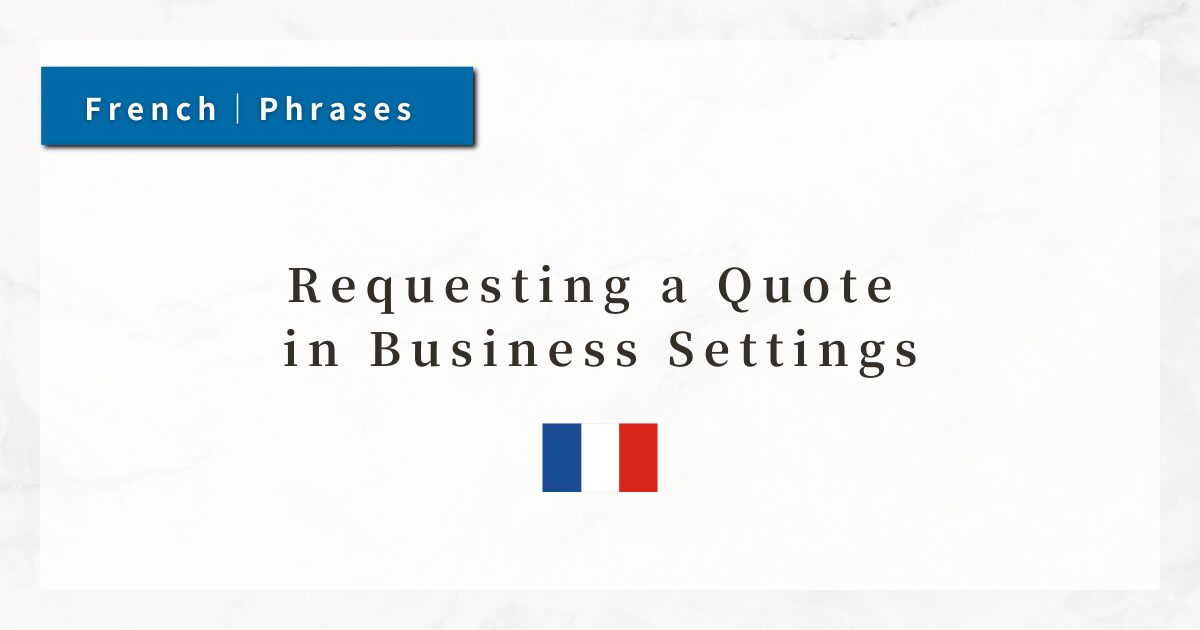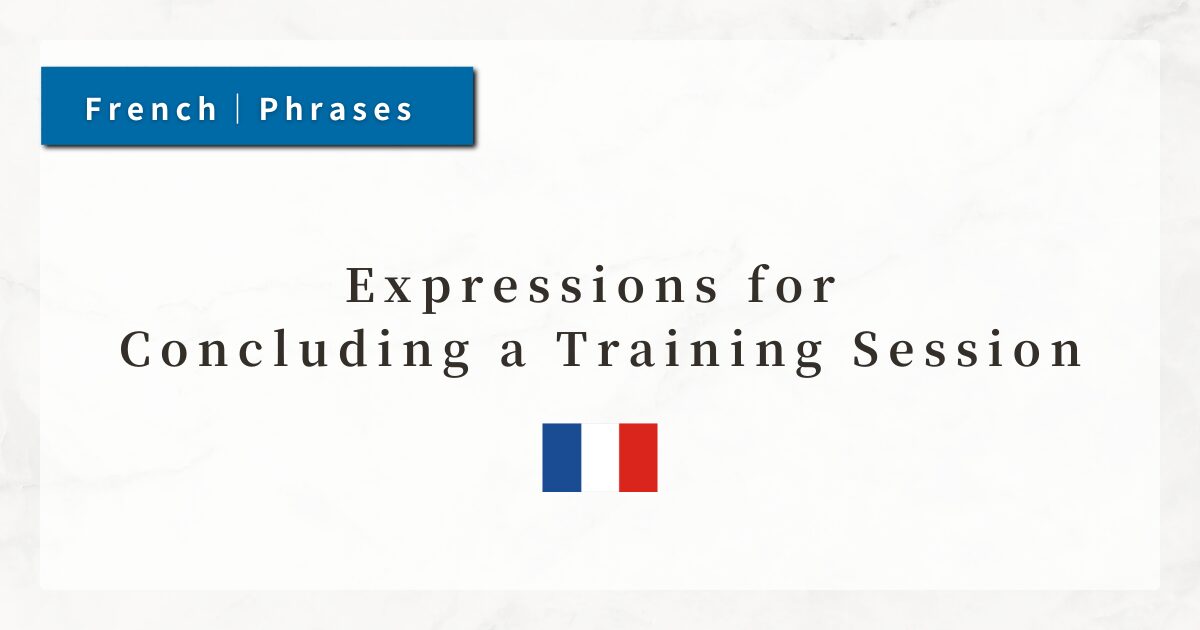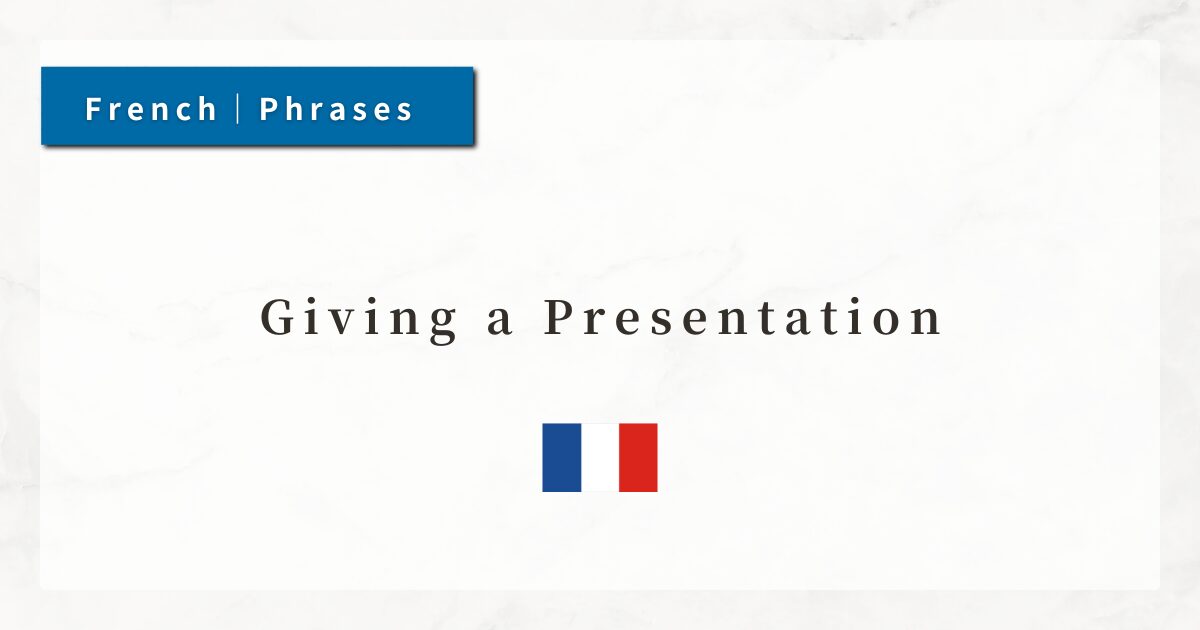#16 Phrases for Asking Directions from the Police|French Emergency Expressions

When you find yourself lost in an unfamiliar city, a reliable option is to ask a police officer on the street.
In situations where you need to find public facilities such as a train station, city hall, or tourist information center, it is important to ask your questions politely and clearly.
In this lesson, I will introduce useful phrases for asking directions from a police officer, along with explanations of polite French expressions and points to keep in mind.
Dialogue

Excusez-moi, monsieur l’agent. Où se trouve la gare, s’il vous plaît ?
(Excuse me, officer. Where is the train station, please?)

La gare ? Elle est à cinq minutes à pied d’ici.
(The train station? It’s a five-minute walk from here.)

Merci beaucoup. Et je vais dans quelle direction ?
(Thank you very much. And which direction should I go?)

Prenez cette rue à droite, puis continuez tout droit.
(Take this street to the right, then continue straight ahead.)

Très bien, merci pour votre aide.
(Alright, thank you for your help.)

De rien. Bonne journée !
(You’re welcome. Have a nice day!)
1. Polite Ways of Addressing
In France, it is customary to begin by saying “Excusez-moi” (Excuse me) when asking for directions.
This phrase carries the nuance of “Pardon me, may I ask you something?” and is a polite, universal opener suitable in restaurants, stations, government offices, and more.
The phrase “monsieur l’agent” is the standard respectful form of address when speaking to a police officer. It combines monsieur (sir) with l’agent (officer), effectively meaning “officer, sir.” For a female officer, one would say madame l’agente.
2. Using Reflexive Verbs to Ask About Locations
When asking for directions, you may use the straightforward “Où est … ?” (Where is …?), but the more polite and formal phrasing is “Où se trouve … ?”.
- Où est la gare ?
→ Casual - Où se trouve la gare ?
→ Polite
This structure uses the reflexive verb “se trouver” (to be located), conjugated according to the subject (here, la gare).
By using this form, the question becomes more descriptive and elegant, sounding less abrupt than “Où est … ?”.
3. Expressing Distance, Means, and Starting Point
The phrase “Elle est à cinq minutes à pied d’ici” (It’s a five-minute walk from here) contains three key elements:
- à cinq minutes
→ indicates distance or time (“in five minutes”) - à pied
→ indicates means (“on foot”); other examples include en voiture (by car), en métro (by metro) - d’ici
→ indicates the starting point (“from here”)
Combined, these elements allow you to describe location clearly in terms of distance, means, and origin.
4. Asking About Direction: Je vais dans quelle direction ?
This phrase is useful after being told how far away something is, as it asks, “In which direction should I go?”
- Je vais dans quelle direction ?
(which direction should I go?)
The structure is “Je vais” (I go) + “dans quelle direction” (in which direction). Although it is a question, it sounds polite and considerate.
Adding s’il vous plaît (please) at the end makes it even more polite.
5. Giving Directions with the Imperative
In French, directions are usually given using the imperative form.
- Prenez cette rue à droite.
(Take this street to the right.)
From the verb prendre (to take), imperative plural form prenez.
- Continuez tout droit.
(Go straight ahead.)
From the verb continuer (to continue), imperative plural form continuez. Combined with “tout droit” (straight ahead).
When giving instructions, police officers or store clerks generally use the imperative in the vous form (second person plural) to convey politeness.
Summary
- Excusez-moi.
→ A polite way to get someone’s attention. - Où se trouve … ?
→ A polite reflexive construction to ask for a location. - à cinq minutes à pied d’ici
→ “Five minutes on foot from here”; combines distance, means, and starting point. - Je vais dans quelle direction ?
→ A polite way to ask about direction. - Prenez / Continuez
→ Imperatives used in giving directions.




